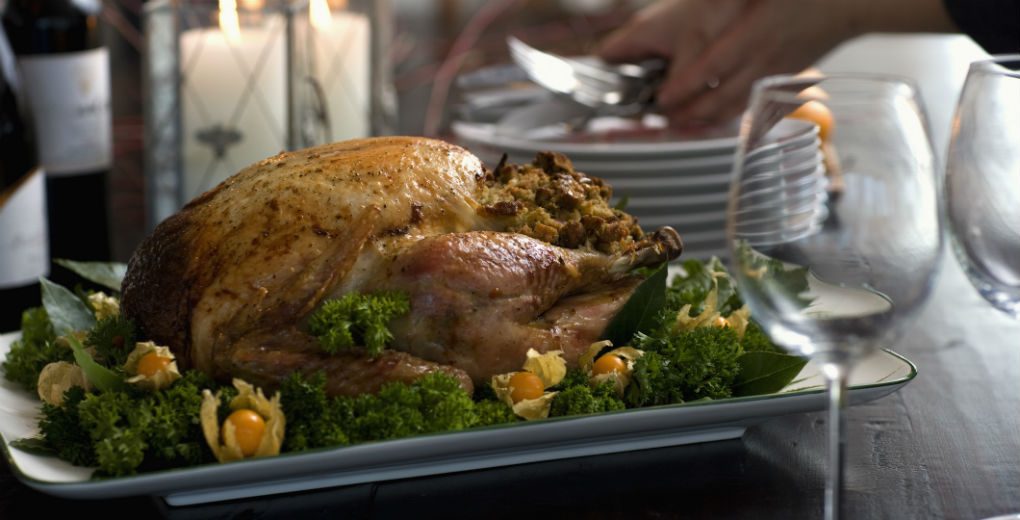
Everyone’s got their own Christmas Day routine but many rituals revolve around dinner – and more precisely, the turkey.
Whether you rely on Delia’s tried and tested methods for the perfect roast or a recipe that Barbara from the office swears by, ensuring your turkey is prepped and cooked thoroughly and safely means that the only food affliction your diners will suffer will be that of feeling slightly over-stuffed themselves.
Here’s a breakdown of advice from NHS:
Defrosting
Frozen turkeys are a popular alternative to getting your order in from the local farm, and while it means you can buy your bird well in advance, it does add another crucial preparation step.
Work out how much time you need in advance so you’re not cooking a partially thawed turkey and check for ice crystals and firm areas before it goes in the oven. The packaging on the turkey should tell you how long it will take.
If you’re defrosting in the fridge, keep it on the bottom shelf on a tray or plate so none of the juices drip onto other foods.
Too big for the fridge? Keep the turkey somewhere cool and out of reach. Check there aren’t going to be any drastic changes in temperature so it thaws evenly.
When it’s finished defrosting, pour away the juices carefully so as not to contaminate other areas.
Preparation
Don’t wash your turkey before cooking. Thorough cooking will kill bacteria, but run the turkey under the tap and you risk splashing contaminated water across the kitchen.
Anything that’s touched the raw turkey during preparation needs to be cleaned with warm soapy water immediately afterwards – that includes utensils, chopping boards and your hands.
Cooking
Turkeys steal the show in the kitchen, in the fact that Christmas day timings often hinge on when it goes in the oven. This is because they can take hours to cook depending on the size of the bird.
The NHS recommends a cooking time of 45 minutes per kg for a turkey under 4.5kg – so that’s over 3hours for an average sized-bird, plus resting time.
Having followed recommended cooking time, either from NHS or on the packaging, you can check yourself whether it’s cooked by seeing whether the meat is hot all the way through, the juices run clear when you pierce the bird, and there’s no pink in the thickest part between the breast and thigh.
Storing
Suitably full but still have some meat left? Allow it to cool quickly, then cover leftovers and put it in the fridge or freezer.
It can be tempting to leave it out to pick at later but leaving cooked meat at room temperature means you could be adding a dose of harmful bacteria to your early evening Christmas sandwich.
Only reheat cooked meat once and eat within 48hrs if not freezing.
